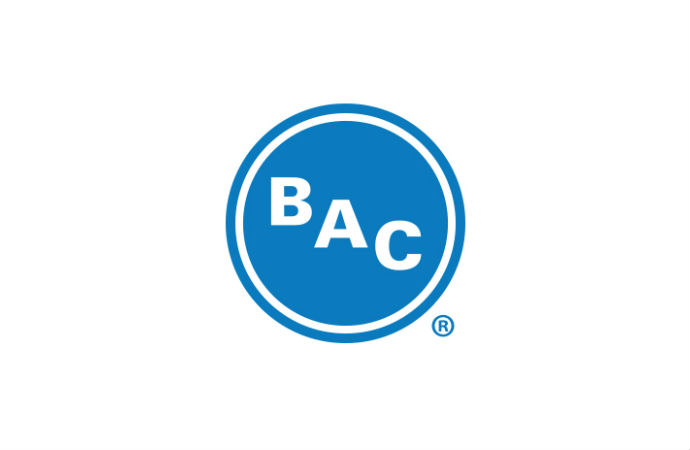A new report by the European Environment Agency (EEA) in cooperation with the European Commission summarises the latest data reported under the EU F-Gas Regulation by 120 companies that have produced, sold, imported or exported Fluorinated gases (F-gases) in the European Union (EU) in 2011. F-Gas production in metric tonnes decreased in 2011, though when expressed in CO2eq there was a slight increase, while the majority of the intended applications was for air‐conditioning

The main findings regarding the overall production, sales, import, export and intra-EU sales of F-gases - including hydrofluorocarbons (HFCs), perfluorocarbons (PFCs) and sulphur hexafluoride (SF6) - for 2011 include:
- In absolute metric tonnes of gas, there was a decrease in production (-5%), imports (-6%) and intra-EU sales (-12%) of F-gases between 2010 and 2011. Exports increased by 5%.
- When these values are expressed in terms of global warming potential (GWP), different patterns emerge due to the large differences in GWP values of certain F-gases. An increase is still evident in exported F-gases (+12%), but now also for production (+1%). There were decreases in both imports (-8%) and sales (-11%).
F‑gases contained in imported pre-charged equipment not accounted for
F‑gases contained in imported equipment, however, are not captured by the statistics in the report. The significance of pre-charged equipment imports and the lack of data in that respect renders the estimation of the actual amount of F-Gases being put on the EU market an intricate task. For example previous estimates by the European Commission indicate that in 2008, approximately 10% of F-gases imported to the EU were contained in pre-charged room air conditioning and air-conditioning systems of motor vehicles alone.
Refrigeration and air-conditioning majority of intended applications for F-gases
The majority of the intended applications for F‐gases in 2011 was for refrigeration and air‐conditioning, applications that use mainly HFCs.
When expressed in terms of CO2‐equivalents, the 2007–2011 trends show that there is a strong decrease in the use of F‐gases for foams. When quantities of F‐gases contained in imported equipment is excluded, the use of F‐gases in aerosols and refrigeration/air conditioning has also declined since 2007.
Contribution of F-gas emissions steadily growing since 1990
F-gases contributed 2% of total EU-27 GHG emissions in 2010, measured in terms of CO2-equivalent and according to the latest official EU greenhouse gas emissions data, their contribution has been steadily growing since 1990.
"Innovation is a key part of tackling climate change and for certain applications, viable alternatives to F-gases already exist," EEA Executive Director Jacqueline McGlade said. "This makes them an ideal candidate to replace with less harmful alternatives, in order to limit the growth of emissions".
MORE INFORMATION
Related stories










_1490973133.png)

